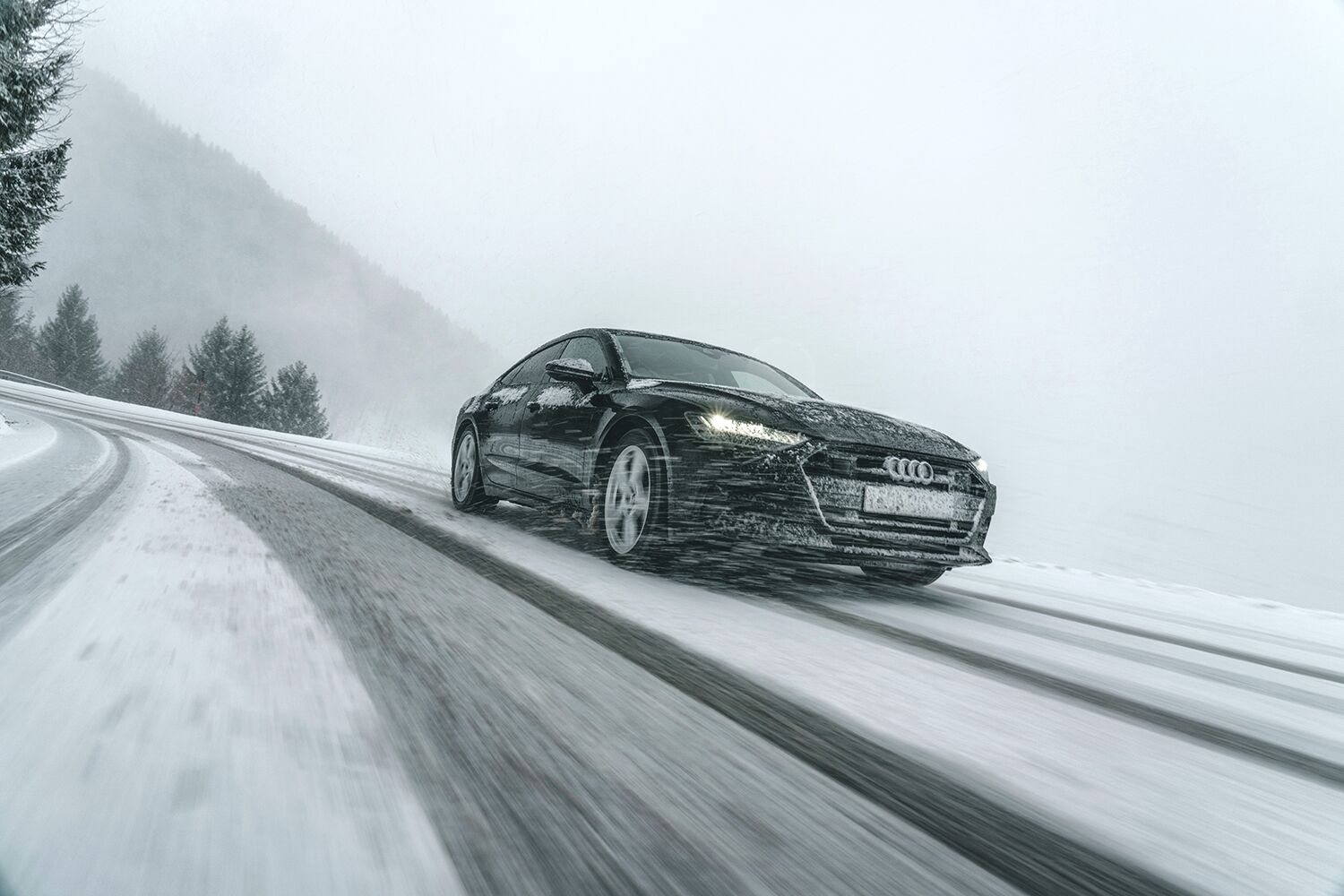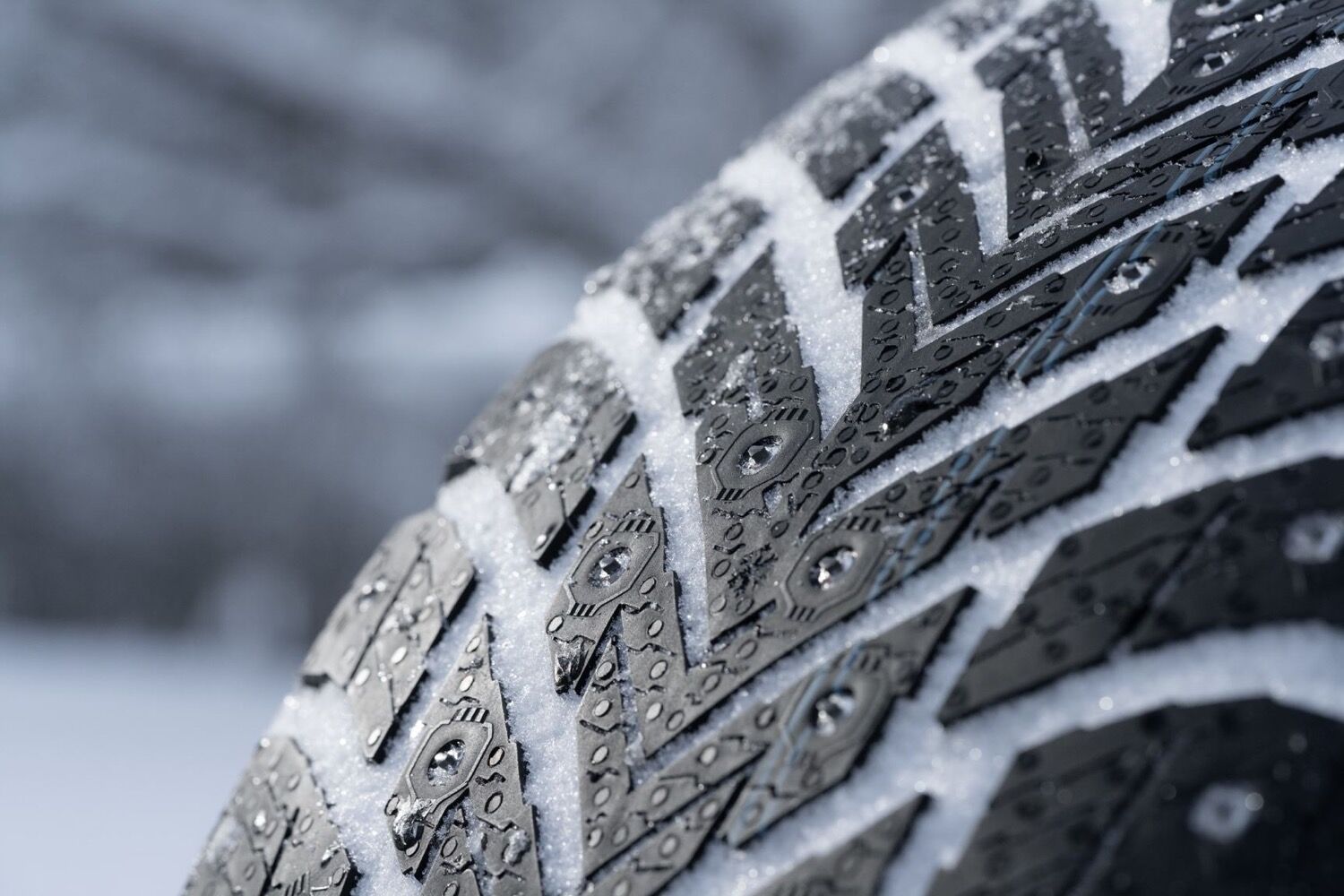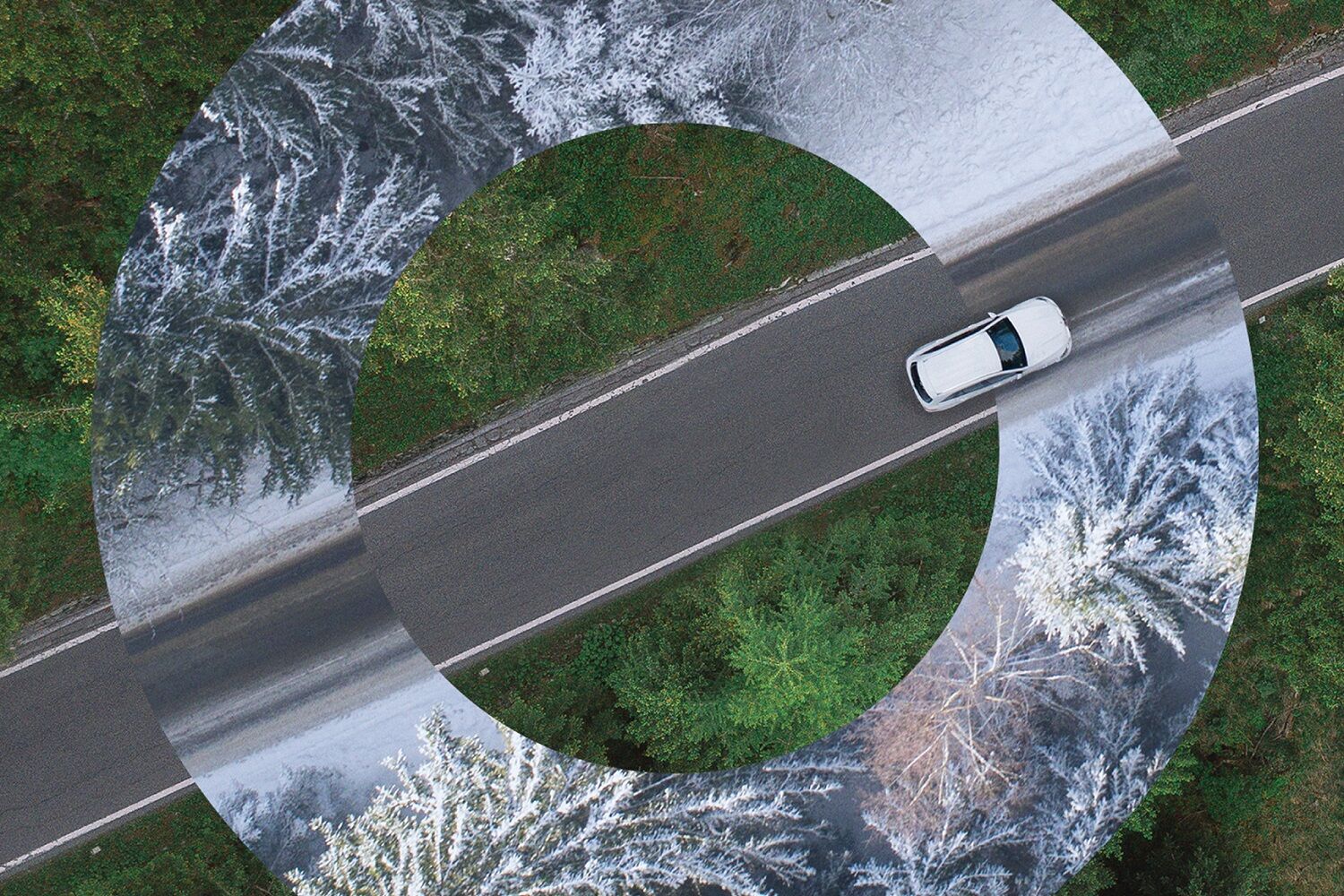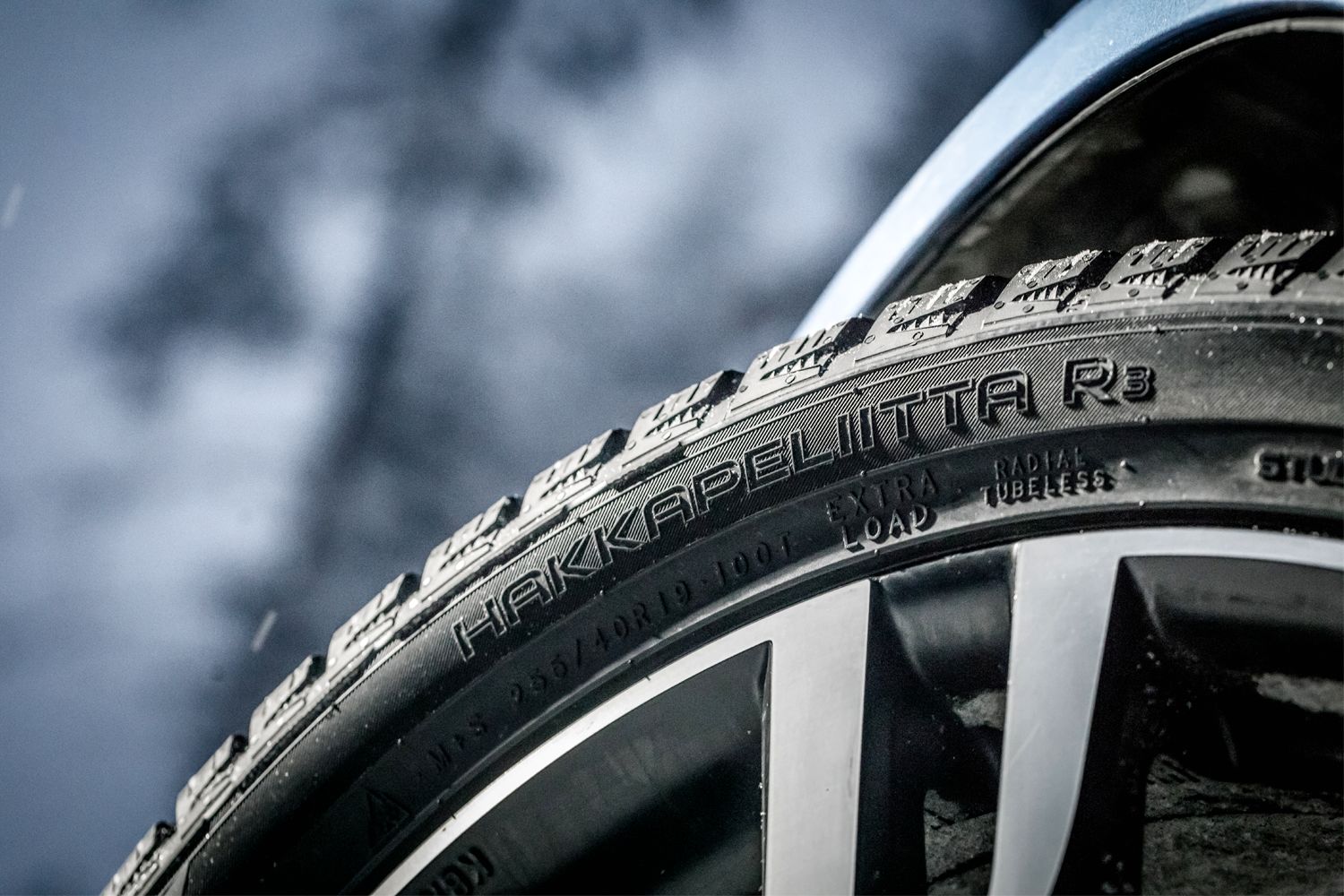Considerations for driving in winter weather
If experience truly is the best teacher, it’s only natural that inexperienced winter-weather drivers are less likely to have the skills and instincts that come in handy during slippery, snowy conditions. No matter what the skill level, drivers should use winter-rated tires when driving in winter conditions - they are most definitely worth it on snowy and icy roads. To learn more about when to put on your winter tires, click here.
“Winter brings about large weather variations, and friction changes caused by snow and ice may surprise inexperienced drivers,” says Nokian Tyres Test Driver Mika Kuusi. “Visibility may be low, and slush and sleet will have a substantial effect on the car’s steering and braking distances.”
Drivers in certain parts of North America are unaccustomed to wintry roads, and young drivers in all regions are still honing their skills behind the wheel. In addition, teenagers are less likely to earn the valuable experience that comes with a daily commute, since many carpool or ride school buses. Lower driving frequency can equal more uncertainty on the road.
“People who drive less will often have trouble with challenging routes or weather conditions,” Kuusi explains. “Driving in a busy downtown, being stuck in traffic, parking, and having to drive in the dark can all be scary to new drivers.”
But even the least experienced winter-weather drivers can thrive in tough conditions by following a few simple principles.
Well-maintained tires are the safest choice for inexperienced drivers
In addition to ensuring their vehicles are properly serviced and maintained, inexperienced drivers should pay special attention to their tires. Where allowed by law, Morri recommends studded tires for people who rarely drive but live in areas where extreme winter weather, such as consistently snowy and icy roads, is common.
“Studded tires offer better grip on very slippery roads,” says Matti Morri, former Technical Customer Service Manager for Nokian Tyres. “Studs need to be in good condition and you must check the tread depth regularly. It is also important to maintain correct inflation pressure.”
Studs are pieces of metal embedded in the tire’s tread that enhance traction on winter roads by digging into snow and ice. For more information on whether you should buy studded or non-studded winter tires, click here.
If you live in an area that only sees snow occasionally, all-weather tires (that are winter-rated) may be a better choice for you. For help identifying what tire type is best for the weather conditions in which you drive, refer to our Tire Buying Guide.
Car control improves with experience
Studies show that inexperienced drivers are involved in a disproportionate share of traffic accidents. According to statistics from the National Highway Transportation Safety Administration [NHTSA], drivers between the ages of 15 and 20 account for 5.4 percent of the driving population but nine percent of crashes. And of course, the stakes only grow higher when road conditions are dangerous.
Two major safety factors are a car’s condition and the operator’s knowledge of its features. Young drivers will often have older cars that lack driver-assistance systems and the latest safety equipment. Instead of the family’s second car, it may be helpful to let the young driver use a car that is newer, or as safe as possible. But having a new car still doesn’t automatically make things safer, say Nokian Tyres experts.
“Even with later-model cars, you need to be aware of how they will behave under extreme conditions,” says Matti Morri, Technical Customer Service Manager for Nokian Tyres. “Even the automatic systems and safety equipment of a large SUV cannot keep a car on the road if its speed is too high.”
And high speed is more likely to create issues for inexperienced drivers than for the rest of the road-bound population. In 2016, speed caused a higher proportion of crashes among young drivers than for any other age group, according to the NHTSA.
“Especially in the winter, you can – and should –be extra careful in traffic,” Morri says.
But, he adds, gaining ample experience is the best way to get a feel for slippery surfaces.
“The only way to learn to drive is to drive,” says Morri. Practice in an empty parking lot to gain experience.
These tips were provided by Nokian Tyres’ test driver Mika Kuusi and Technical Customer Service Manager Matti Morri. For additional winter driving tips, click here.
Find a Nokian Tyres dealer near you






